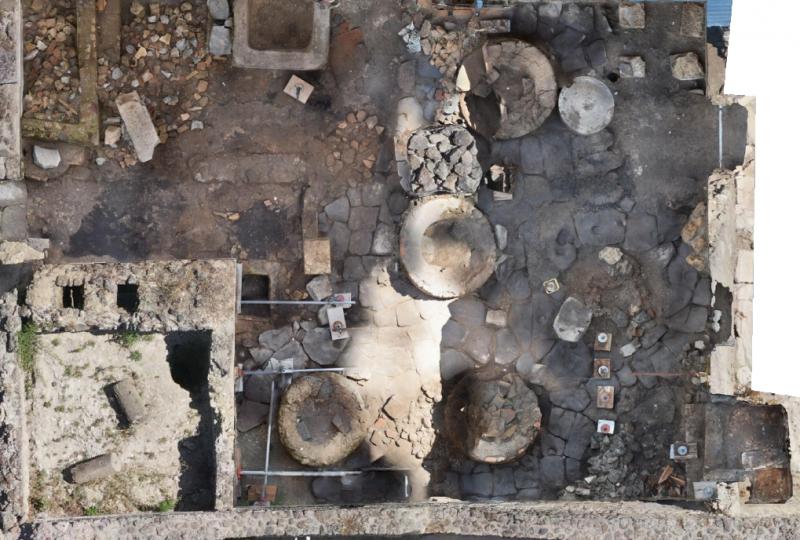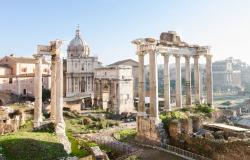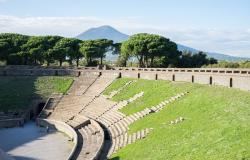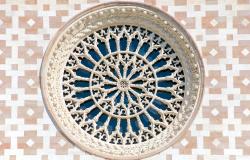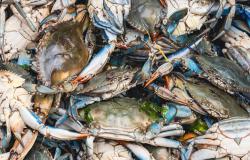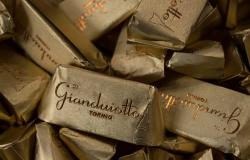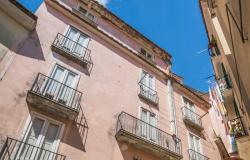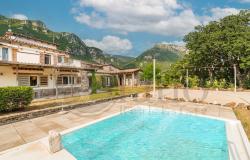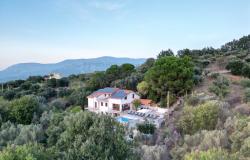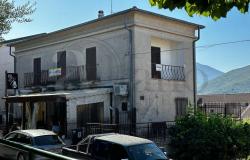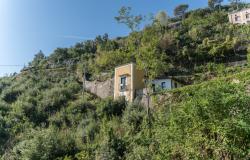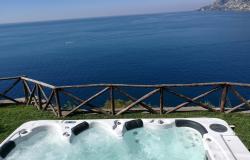Archaeologists at Pompeii have uncovered a “prison-bakery” where enslaved people and donkeys were confined to grind grain for bread in harrowing conditions, officials at the park announced on Friday.
The structure emerged as part of ongoing excavations in Regio IX (the same northern area of the ancient city where a fresco depicting a predecessor to modern pizza was discovered over the summer).
Donkeys and people worked in pairs to power mills in typical setups like this, Pompeii park director Gabriel Zuchtriegel wrote in a scholarly paper published alongside the announcement.
The enslaved people typically “pushed the grindstones, managed the animal’s behavior and monitored the grinding process before collecting the finished flour,” the paper reads.
These steps are also documented across many iconographic and literary sources, most notably on the tomb of ancient Roman baker Eurysaces in Rome, and in Metamorphoses (or The Golden Ass) by Apuleius (thought to be the only ancient Roman novel in Latin to survive in its entirety).
Inside the structure

The newly discovered bakery was part of a house that was undergoing renovations when Mount Vesuvius erupted in 79 CE. As with many dwellings in Pompeii, the house was divided into a frescoed residential area and a space for commercial activity.
Reflective of what park director Gabriel Zuchtriegel called “the most shocking side of ancient slavery,” the structure had no door to the outside world, but only to the inner atrium. The cramped space’s few sparse windows were bound by iron grates, allowing hardly any light inside.
Indentations in the slab flooring that could be mistaken for footprints or wear-and-tear are instead thought by archaeologists to be intentional carvings aimed at guiding the donkeys’ movements, keeping them from slipping and forcing them to walk in a circular motion to grind the grain.
Zuchtriegel said the structure was “a testimony of the backbreaking labor to which men, women and animals were subjected in the ancient mill-bakeries.”
The discovery coincides well with the December 15 opening of an exhibition, The Other Pompeii: Common Lives in the Shadow of Vesuvius, held at the park’s Palestra Grande. According to a statement released by the park, the exhibition showcases “the myriad individuals often forgotten by historical chronicles, including, specifically, slaves.”
If you go
Pompeii Archaeological Park
Website
